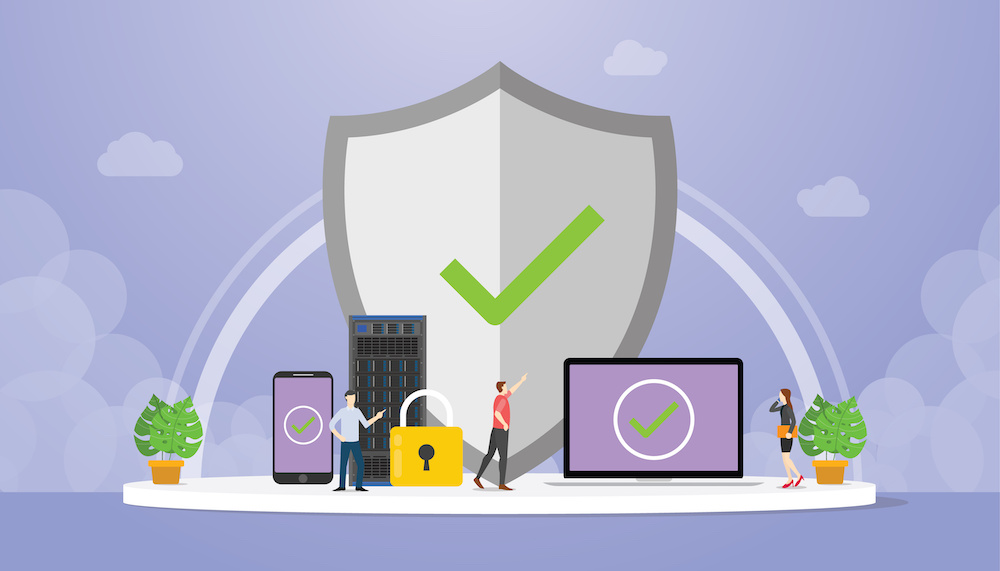Is your business truly safe from a cyber attack? In today’s rapidly evolving digital landscape, the answer is most likely no. Despite sophisticated security measures, hackers are becoming increasingly adept at finding vulnerabilities. The repercussions of a cyber attack can extend far beyond just losing money, it can potentially tarnish your reputation, drive away customers, or even lead to the closing of your business.
Here are eight steps you can take now to keep your business safe:
1. Evaluate Your Cybersecurity Practices: Start by assessing your current cybersecurity practices. Are you using strong passwords, regularly updating software, and using reliable security systems? Review your antivirus software, firewalls, and other protective measures to ensure they are up to date and fitting your needs.
2. Conduct Regular Security Audits: Performing regular security audits is essential to spot potential weaknesses. Consider partnering with a reputable cybersecurity firm to conduct an external audit, which will identify vulnerabilities from an unbiased viewpoint. Additionally, internal audits should be conducted to evaluate employee behaviors and access controls.
3. Educate Your Employees: Your employees can play a significant role in safeguarding your company against cyber threats. Educate them on best practices such as recognizing phishing emails, avoiding suspicious links, and using secure networks. Encourage a culture of cybersecurity awareness and provide ongoing training to keep everyone informed about the latest threats.
4. Stay Updated on Software Patches: Regularly updating software applications and operating systems is vital to patch known security vulnerabilities. Enable automatic updates whenever possible to stay protected from the latest threats. Outdated software can provide easy entry points for hackers, so make it a priority to keep everything up to date.

5. Implement Multi-Factor Authentication: Adding an extra layer of protection with multi-factor authentication can significantly reduce the risk of unauthorized access to your systems. Require employees to use two-factor or biometric authentication for critical accounts and sensitive information.
6. Monitor Network Traffic and User Behavior: Implement tools to monitor network traffic and user behavior within your company’s systems. Unusual patterns or suspicious activities should raise red flags and prompt further investigation. By closely monitoring these indicators, you can identify potential breaches early on and take immediate action.
7. Regularly Backup Data: Creating regular backups of your business data is essential in case of a cyber attack or another event that may lead to data loss. Store backups securely off-site or use cloud services for added protection. Regularly test the restoration process to ensure data can be recovered successfully when needed.
8. Develop an Incident Response Plan: Create a comprehensive incident response plan outlining the steps to be taken in the event of a cyber attack. Define roles and responsibilities, establish clear communication channels, and practice mock drills to ensure everyone is prepared to respond in a crisis.
Protecting your business from a cyber attack is an ongoing effort that requires regular attention and adaptation to stay one step ahead of a potential attacker. By taking the steps above, you can significantly reduce the risk of falling victim. Stay informed, stay vigilant, and keep your company’s digital assets secure.
About OIT
OIT is a leading IT provider and Modern Office Methods company. Services include Managed IT, Managed Cybersecurity, Microsoft Office 365 Services, Cloud Services, IT Consulting and IT Projects.




Leave A Comment
You must be logged in to post a comment.